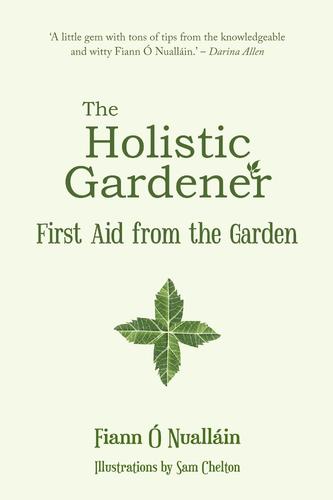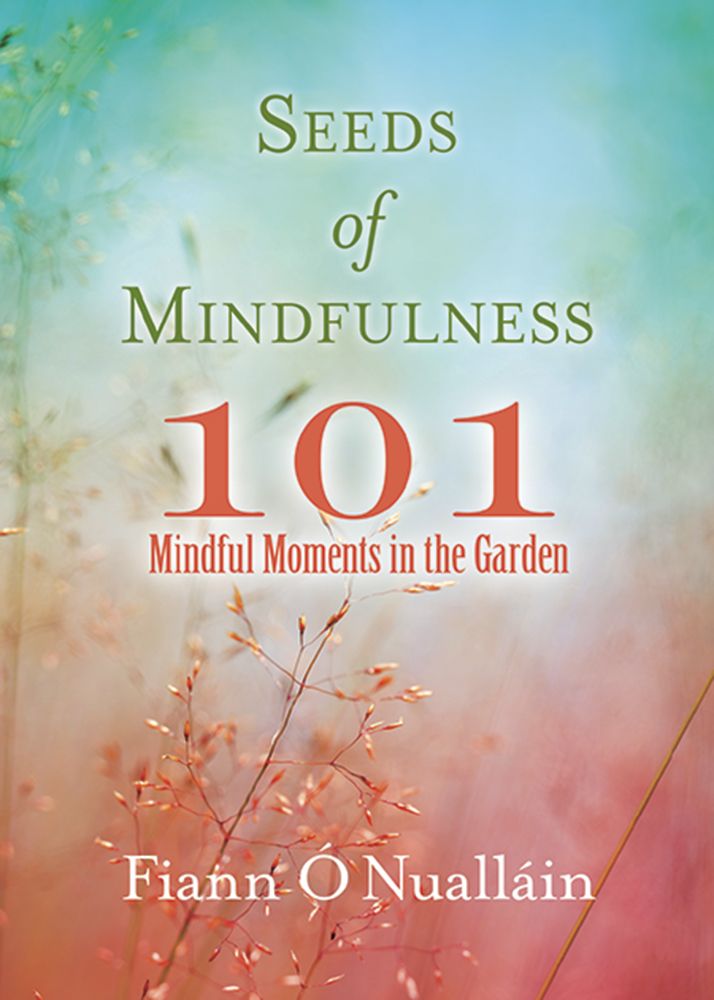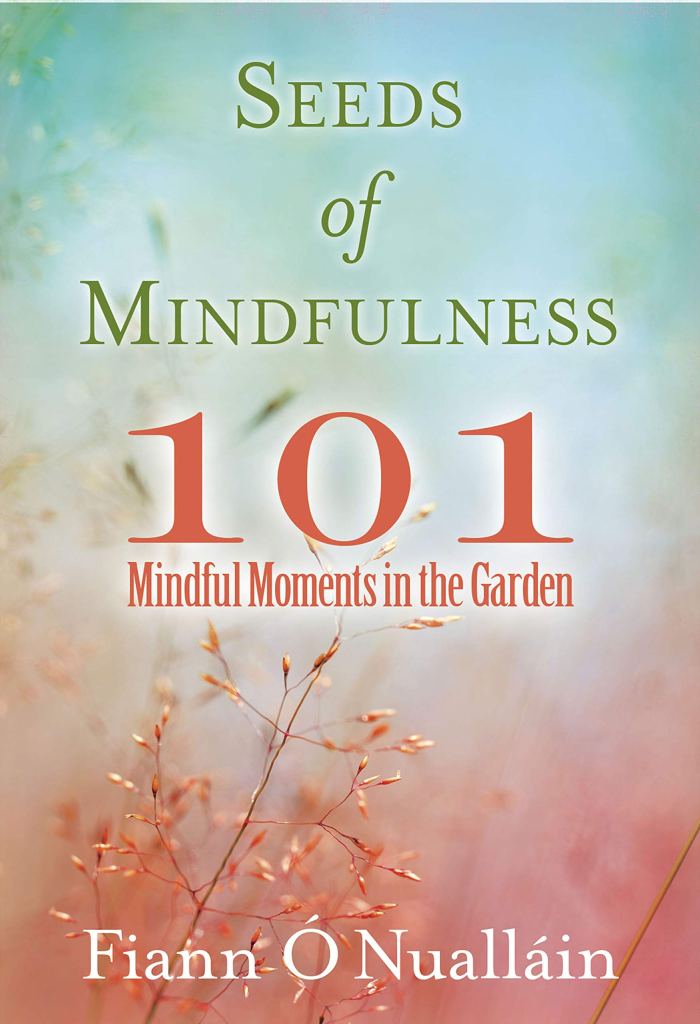Can’t sleep in all the recent heat, perhaps there is an opportunity to consider the moon, that cool light can calm or excite delight but also offers insight. A refreshing spectacle, a considered reflection, a potent participation. How cool is tonight’s moon? Take a look for yourself.
The phases or cycle of the moon echo birth, death and reincarnation, just like the life cycle of a seed: it grows, blooms, then it dies leaving a seed to continue on. This may remind of the endless wheel of life but it is also an opportunity to ponder impermanence, to ponder continuity, to ponder the nature of nature and the nature of perseverance.
The moon in any phase is a lantern to contemplation. Here is the symbolism of each phase;
A new moon signifies new beginnings – with the Moon and Sun sharing the same ecliptic longitude (rising and setting together) for this phase, the moon is not visible. Its invisibility, the not-there-ness, is a potent sign of change, of transformation, of clearing, of emptying and reenergising. The hidden presence also a potent contemplation.
A waxing crescent moon signifies new intentions – it is the beginning of growth of the moon toward becoming a full disc again, that thin sliver of light in the crescent, similar in shape to several seeds of important crops – here it can be the seed of intention. A crescent moon can allow visibility of the rest of the moon as a dim disk and the effect is that bright crescent beams evocative of a smile. A powerful transmission.
A first quarter moon signifies decision making – at the point when half of the Moon is illuminated and half is shadowed. Half way between new moon and full moon. The perfect 50/50, the balanced scales, equal consideration, yes or no – now choose. it can also signify equanimity and poised emotions – mastery of right choices. A balancing before further growth.
A waxing gibbous moon signifies refinement/fine-tuning – the continued ‘waxing’ means that illumination is growing – the ‘Gibbous’ or swelling portion, means that more than half of the moon is revealed – the mirror is taking the polish. The orbit is refining toward more and more daily illumination. The intention has momentum. The natural order is motivating. Becoming is a part of being.
A full moon signifies enlightenment, yes, but also whole-heartedness, a full approach to living, a full and bright participation with the ultimate reality. Now as the alignments allow the Sun to illuminate the entire moon. The full reflection may allow deeper contemplation. This full moon is also known as the harvest moon and festivals make the moment of reaping the rewards of previous effort. Rejoice, bring in the bounty but note it too is transitory. After enlightenment there is still water to be carried and a wood pile to be chopped. the continual continues – that’s the full beauty of it.
A waning gibbous moon generally signifies gratitude or acceptance. Gratitude for the continual, for the process ongoing, for the cycle, for the nowness of each moment, the moment to moment-ness of it all. Acceptance; of the continual, of the changes in the moment to moment, in the unfolding, ever transpiring nature of reality – of the waning being as important as the waxing. Going with the flow, being the flow, the flow in being.
A third quarter moon signifies possibility or potential – all the poise of a first quarter moon but now it is the exact halfway point between the rewards of the Full Moon and the promising of a New Moon. There is the opportunity here to reorientate, to rededicate, to find some self-compassion, to express some loving kindness, to make plans or to stick with the course. to preserver either way. To own the shadow too. To see the realities of this phase.
A waning crescent moon signifies inevitability – the acceptance of inevitability, the concurrence with unavoidability. The ongoing ‘waning’ is not the diminishing of the integrity of the moon, it is still whole, still fully itself, just it’s orbit with the earth reveals a different aspect, a lesser portion in scale, yes, but even that facet shines, we can witness light even in the thinnest sliver of crescent. The decline is also part of the cyclical nature. The gone-over flower produces the seed. The possible is in the potential. The full potential not impossible. This ending phase is the making of the next.
The New Moon – The great wheel turns, the cycle begins again.




